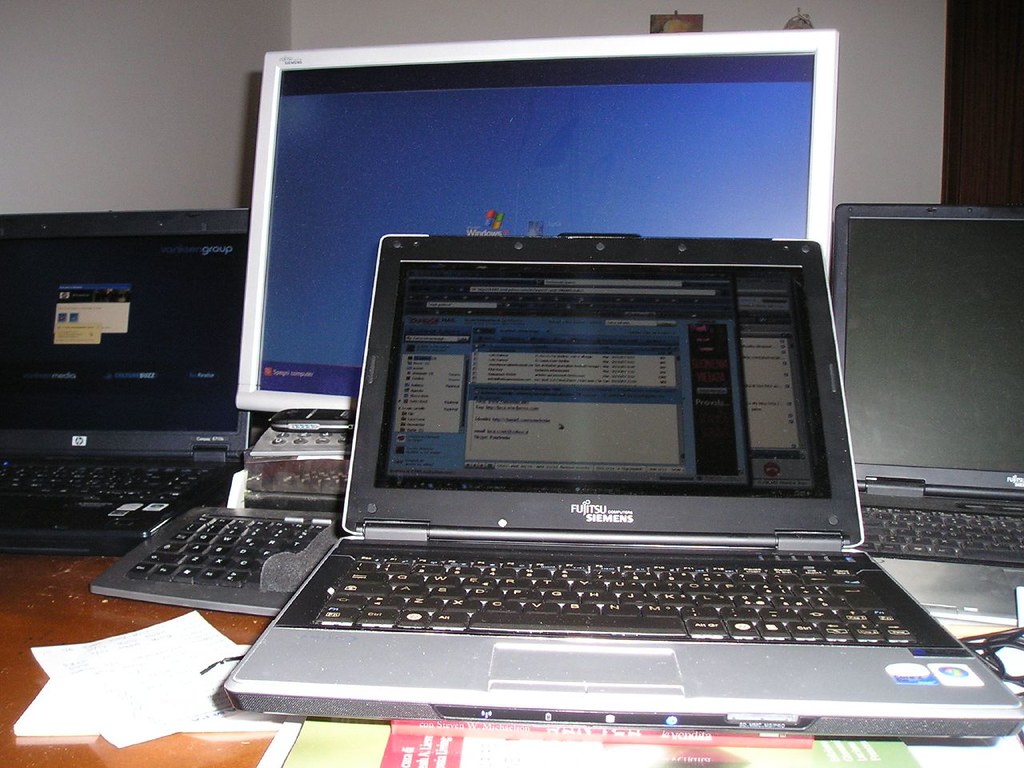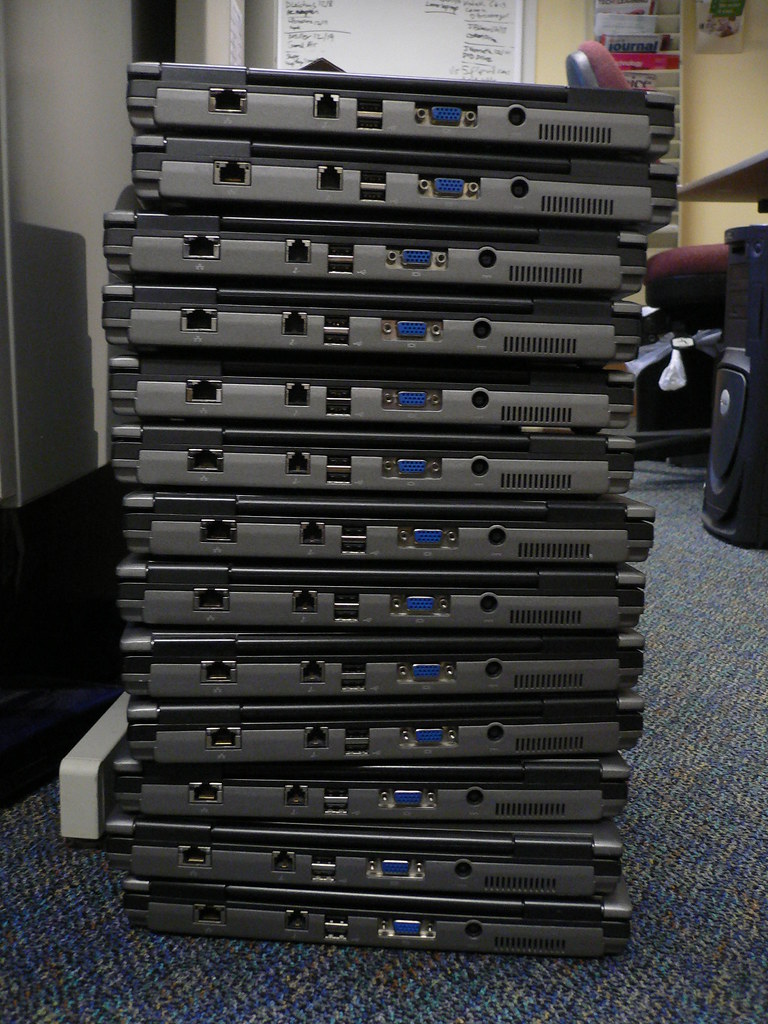
Buying a refurbished laptop in the US can feel like hitting the jackpot – a high-quality machine at a fraction of the cost. It’s a fantastic way to stretch your budget and get your hands on a powerful device without the hefty price tag of a brand-new model. However, this seemingly smart purchase path isn’t without its potential pitfalls, and navigating the world of refurbished electronics requires a keen eye and a solid understanding of what to look for.
While refurbished laptops are not inherently bad, they do come with their own set of risks that need careful consideration. These aren’t insurmountable obstacles, but rather common traps that unwary buyers can fall into. The good news is that with a bit of vigilance and the right knowledge, these risks can be easily avoided, transforming a potentially problematic purchase into a truly rewarding one. This guide is designed to equip you with that knowledge, highlighting the most common mistakes people make so you can bypass them entirely.
To help you secure a reliable and high-performing device, we’ve compiled a list of the key errors many consumers overlook. Our goal is to provide practical, actionable advice that guides you through the purchasing process, ensuring you make an informed decision. By understanding these pitfalls, you’ll be well-prepared to find a refurbished laptop that meets your needs and expectations, delivering excellent value for your money.

1. **Not Understanding What “Refurbished” Really Means**One of the most fundamental errors people make is failing to grasp the true definition of ‘refurbished.’ Many individuals mistakenly equate a refurbished laptop with a simple used or second-hand device, but there’s a crucial distinction. While both categories indeed describe pre-owned laptops, the process a refurbished machine undergoes is far more rigorous and reassuring. It’s a key differentiator that impacts quality, reliability, and ultimately, your satisfaction.
A refurbished laptop is typically one that has been thoroughly tested and repaired after being returned by its previous user. This isn’t just a quick wipe-down or a superficial check. Instead, technicians meticulously inspect, diagnose, and address any issues the device might have. The aim is to restore the laptop to its original condition, ensuring it functions just like a new model. This comprehensive process often involves replacing damaged components, upgrading certain parts, and running extensive diagnostic tests to guarantee optimal performance.
It is important to know that there are three main categories of refurbished laptop grades: Grade A, Grade B, and Grade C. These grades are essential indicators of the laptop’s cosmetic condition and can help manage your expectations. If you want to buy a laptop that appears just like a new one, Grade A laptops are your best options, typically showing minimal to no visible wear. However, if minor cosmetic defects do not bother you, and you prioritize function over pristine aesthetics, you can explore the other options like Grade B (may have minor scratches/dents) or Grade C (more noticeable cosmetic wear) for potentially greater savings.

2. **Skipping the Warranty Details**It’s often tempting to rush through the fine print, especially when you’re excited about a great deal, but skipping the warranty details is a mistake that can quickly turn a bargain into a headache. As we already mentioned, refurbished laptops in the US *do* come with warranties. However, the critical error lies not in the absence of a warranty, but in failing to thoroughly examine its specifics. A warranty is your safety net, and understanding its coverage is paramount to protecting your investment.
The duration and scope of refurbished laptop warranties can vary significantly from one seller or refurbisher to another. Some might offer a generous 90-day or even a one-year warranty, providing ample time to identify and address any latent defects. Others, however, might only offer a 30-day or even shorter period, which may not be sufficient for a complex device like a laptop. It’s vital to confirm the exact length of coverage, ensuring it aligns with your expectations for reliability and peace of mind.
Beyond the length, the coverage itself needs careful scrutiny. What exactly does the warranty protect against? Does it cover hardware failures, software issues, or accidental damage? Are certain components, like the battery, excluded or covered for a shorter period? Understanding these nuances helps you anticipate potential out-of-pocket expenses should a problem arise. A robust warranty that covers critical components and offers clear terms for repair or replacement adds immense value to your refurbished purchase, mitigating many of the inherent risks.
Read more about: 12 Simple Steps to Protect Your Legal Rights After a Minor Car Accident
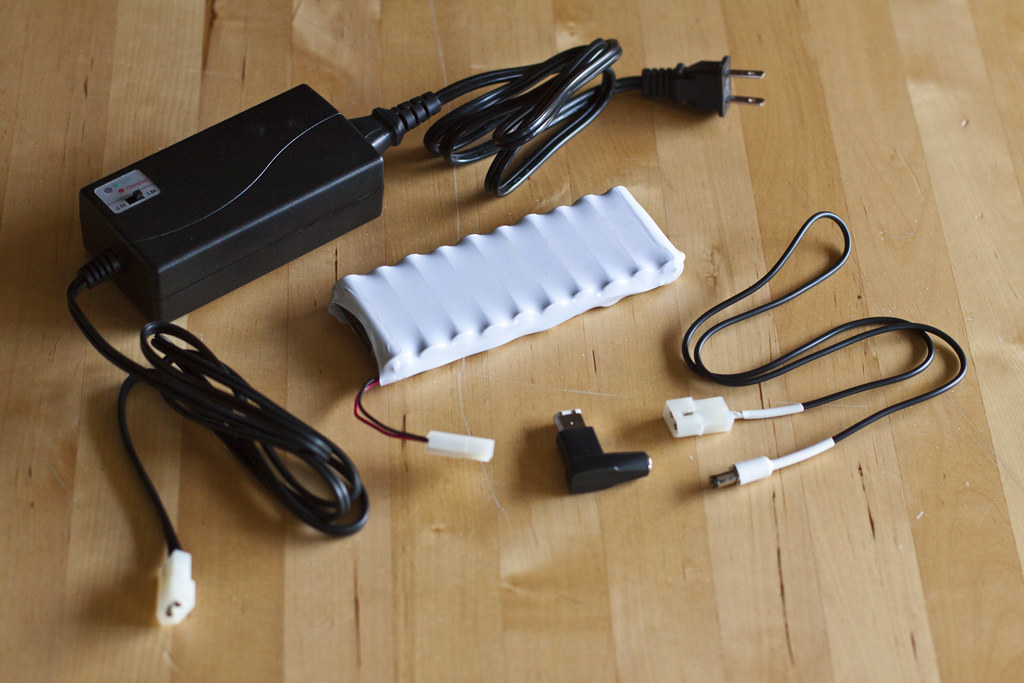
3. **Overlooking Battery Life**The battery is the lifeblood of any laptop, particularly a portable one, and overlooking its condition in a refurbished model is a common misstep. Unlike other components that are often replaced during refurbishment, laptop batteries are consumables that degrade over time. A seemingly fantastic deal can quickly lose its luster if the device is tethered to a power outlet after only an hour of use, drastically impacting its utility and convenience.
When a laptop is refurbished, internal components like the motherboard or hard drive might be replaced, but the battery’s health often depends on its prior usage. It’s crucial to inquire about the battery’s estimated capacity or health percentage. Many reputable refurbishers will provide this information, often guaranteeing a minimum percentage of its original capacity (e.g., 80% or higher). Without this information, you’re taking a gamble that could result in needing an expensive battery replacement shortly after your purchase.
A poor battery can severely limit how and where you can use your laptop. If you intend to use the device on the go, for work, travel, or simply moving between rooms, robust battery life is non-negotiable. Always ask for clear specifications regarding the battery’s condition and expected runtime. If the refurbisher is vague or unwilling to provide this detail, it might be a red flag indicating a battery that’s nearing the end of its useful life, making the overall deal less appealing than it first appears.
Read more about: Trouble on the Update: 13 Smartwatches Users Wish They Never Synced to Their Phone.
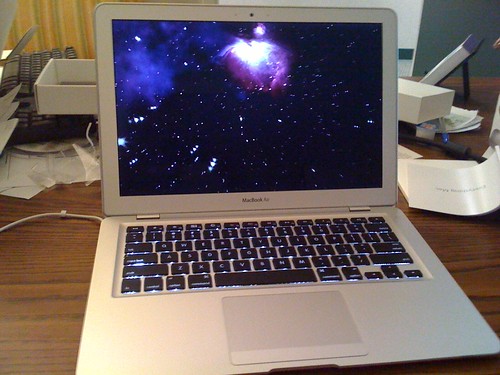
4. **Not Checking for Physical Damage**While refurbished laptops aren’t expected to be cosmetically flawless like a brand-new device, neglecting to check for physical damage is a mistake that can lead to disappointment or, worse, underlying functional issues. Cosmetic defects, such as minor scratches or scuffs, might be acceptable if they don’t affect performance and are reflected in the grading (like a Grade B or C laptop). However, significant damage can indicate rough handling or deeper problems that the refurbishment process might not have fully addressed.
It’s essential to distinguish between superficial wear and structural damage. Dents on the chassis, cracked screen bezels, or damage around ports could compromise the laptop’s integrity and lead to future malfunctions. A thorough visual inspection, ideally supported by clear, high-resolution photos if buying online, is a must. Don’t assume that just because a laptop is ‘refurbished’ that all physical imperfections are merely cosmetic and inconsequential; some can be indicators of deeper, more costly problems down the line.
Furthermore, physical damage can impact your user experience and the device’s longevity. A loose hinge, a wobbly screen, or a keyboard with sticky keys can quickly become frustrating. If you’re picking up the laptop in person, take your time to examine every angle, open and close the lid, and test all external components. For online purchases, ensure the seller has a transparent policy regarding undisclosed physical damage and offers recourse if the device arrives in a condition worse than advertised.
Read more about: Beyond the Bite: 12 Healthy Foods That Turn Harmful When You Eat Too Much
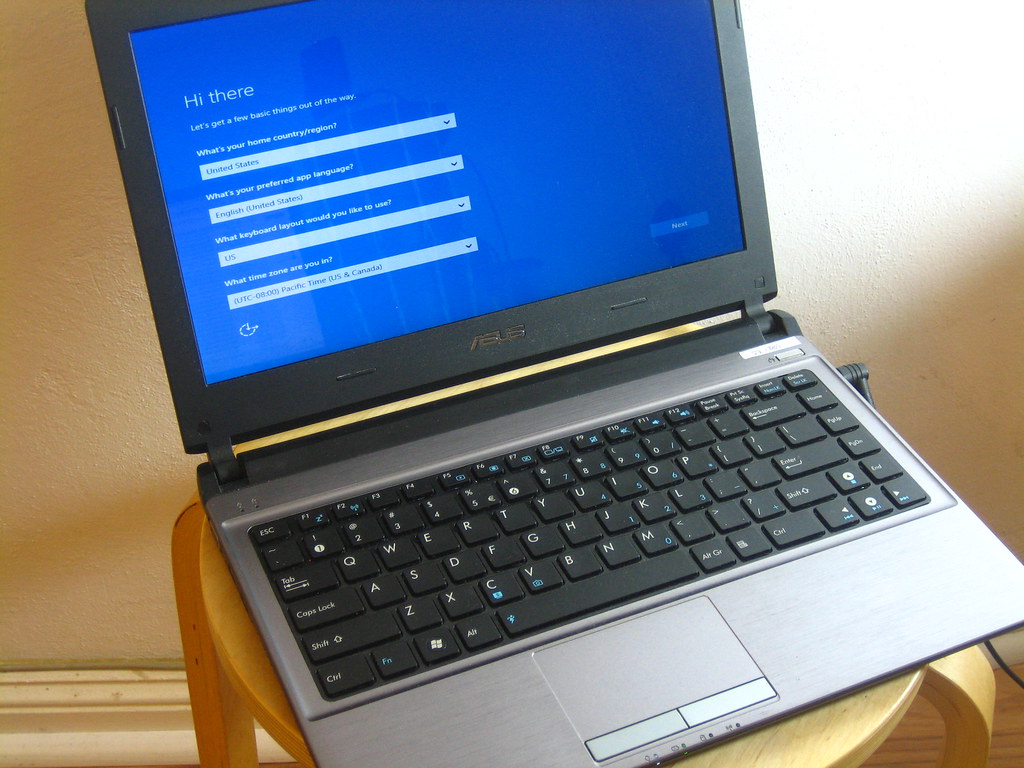
5. **Ignoring the Operating System**The operating system (OS) is the foundation upon which your entire computing experience rests, and ignoring its status when buying a refurbished laptop can lead to unexpected expenses and compatibility headaches. Many buyers assume that a refurbished laptop will come with a legitimate, activated operating system ready to go. While this is often the case with reputable sellers, making this assumption without verification can be a costly error.
It’s crucial to confirm that the refurbished laptop includes a genuine, activated version of Windows, macOS, or whatever operating system is expected. A non-genuine or unactivated OS can lead to security vulnerabilities, limited functionality, and persistent annoying notifications. Furthermore, acquiring a legitimate license for an operating system can be a significant additional cost, easily negating any savings you made on the refurbished device itself. Always ask for explicit confirmation of the OS and its license status.
Beyond legitimacy, consider the specific version of the operating system. Does it meet your needs for software compatibility and performance? An older OS might not support the latest applications or security updates, while a newer one might require more powerful hardware than the refurbished laptop provides. Ensure the OS version is clearly stated and that it is fully updated or capable of receiving updates. A correctly licensed and up-to-date operating system is fundamental to a smooth and secure user experience, so don’t let this detail slip through the cracks.
Read more about: Unleash Your Inner Adventurer: The Ultimate Guide to 10 Off-Roaders That Conquer Any Terrain

6. **Not Paying Attention to Hardware Specifications**A refurbished laptop can be a fantastic value, but that value diminishes rapidly if the device isn’t powerful enough for your daily tasks. One of the most significant errors buyers make is not scrutinizing the hardware specifications closely. While the price might be appealing, an underpowered machine will only lead to frustration and potentially the need for another purchase sooner than anticipated. It’s crucial to remember that refurbished models can vary widely in their internal components.
Before making any purchase, identify your primary usage needs. Are you a casual web browser and email checker, or do you require a robust machine for video editing, graphic design, or gaming? Key specifications to inspect include the processor (CPU), random access memory (RAM), storage type and capacity (SSD versus HDD), and the graphics card (GPU). These components are the engine of your laptop, directly influencing its speed, multitasking capabilities, and overall performance.
For instance, insufficient RAM can cause your laptop to slow down drastically when running multiple applications. A traditional hard disk drive (HDD), while cheaper, is significantly slower than a solid-state drive (SSD), impacting boot times and application loading. Similarly, an integrated graphics card might suffice for basic tasks, but it will quickly falter under the demands of intensive software or modern games. Always verify the exact model numbers of these components to understand their capabilities.
It’s also wise to consider future-proofing your investment to a reasonable degree. Even if the current specifications meet your immediate requirements, think about potential upgrades or evolving needs over the next few years. Some components, like RAM and storage, are often user-upgradeable in many laptop models, offering a path to extend the device’s lifespan. However, the CPU and GPU are almost always soldered to the motherboard, meaning their performance cannot be improved later.
Ultimately, overlooking hardware specifications can transform what appears to be a savvy purchase into a constant battle against sluggish performance or outright incompatibility with your essential software. A truly smart refurbished laptop purchase balances a great price with the power and features you genuinely need, ensuring it remains a productive tool for years to come.
Read more about: Consumer Alert: Unpacking 14 SUVs That Master Transmission Reliability, Defying Post-Warranty Failure
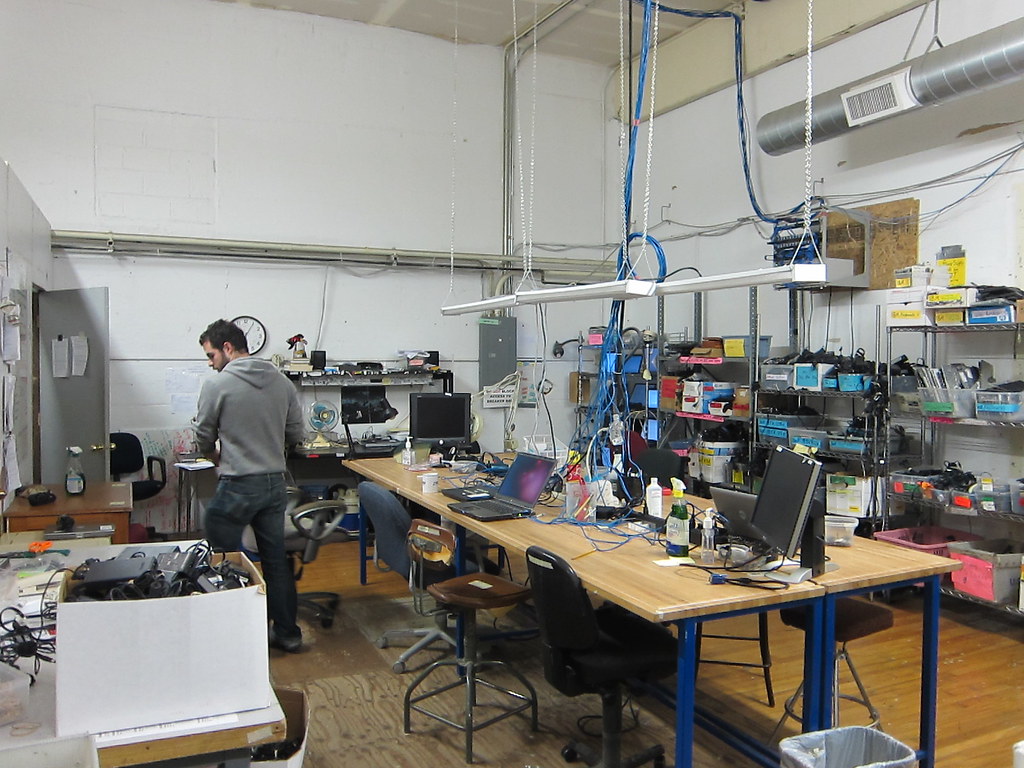
7. **Not Paying Attention to the Refurbisher**The credibility of the refurbisher is arguably as important as the laptop itself, yet many buyers neglect to investigate who is doing the refurbishing. Not all refurbishers operate with the same standards of quality control, testing, or repair. Understanding the source of your refurbished device is a critical step in mitigating risks and ensuring you receive a reliable product. The market is diverse, ranging from manufacturers to certified third-party companies and even individual sellers.
Manufacturer-refurbished laptops, for example, typically offer the highest level of assurance. These devices are often restored by the original company using genuine parts and stringent quality checks, often backed by their standard warranty. Reputable third-party refurbishers also exist, often having their own certification processes and established reputations. For these sellers, it’s essential to look for customer reviews, industry ratings, and any official certifications they might hold.
Beware of vague descriptions or a lack of transparency regarding the refurbishment process. A trustworthy refurbisher will clearly explain what goes into their process, what parts are replaced, and how extensively the device is tested. Red flags include sellers with poor communication, no clear contact information, or prices that seem suspiciously low compared to market value. These could indicate a less thorough process, or even a seller simply reselling used electronics without proper repair.
Furthermore, a significant indicator of a refurbisher’s confidence in their product is the warranty they offer, as we discussed previously. A robust warranty, coupled with responsive customer support, shows that the refurbisher stands behind their work and is prepared to address any issues that may arise post-purchase. This level of support is invaluable, providing peace of mind that an unverified seller simply cannot match.
In essence, buying from an unknown or unreliable refurbisher is a significant gamble that few should be willing to take. Your refurbished laptop’s quality and longevity are directly tied to the expertise and integrity of the entity that prepared it for resale. Invest a little time in vetting the seller; it could save you considerable headaches and expenses down the line.
8. **Assuming All Parts Are Original**When a laptop undergoes refurbishment, the goal is to restore it to its original working condition. However, a common mistake buyers make is assuming that all components within the device are strictly original manufacturer parts. While many core components usually are, the refurbishment process sometimes involves replacing damaged parts with aftermarket alternatives. This distinction can significantly impact the laptop’s long-term performance and reliability, making it an area that warrants careful inquiry.
Aftermarket parts can vary dramatically in quality. A non-original screen, for instance, might have different color calibration, brightness, or viewing angles compared to the manufacturer’s specifications. A replacement keyboard could feel different to type on, or an aftermarket battery might not hold a charge as effectively or safely as an original. These subtle differences, while seemingly minor, can accumulate to a less satisfying user experience and potentially a shorter operational lifespan for the device.
It is always prudent to directly ask the refurbisher about the originality of specific parts, especially those prone to wear and tear or common damage. Components like the display panel, battery, keyboard, charger, and even the internal fan are frequently replaced during refurbishment. A reputable refurbisher will be transparent about whether they use OEM (Original Equipment Manufacturer) parts or high-quality aftermarket equivalents. Their honesty here is a strong indicator of their overall credibility.
Pay particular attention to the charger provided with the laptop. An incorrect or low-quality aftermarket charger can not only fail to charge the laptop efficiently but can also potentially damage the battery or other internal components over time due to improper voltage or current. Similarly, an inferior replacement battery might not meet the advertised capacity, drastically shortening the untethered usage time, thereby undermining the laptop’s portability.
Ultimately, failing to clarify the originality of parts means you are not making an informed decision about the true condition and potential future performance of your refurbished laptop. If a seller is evasive or unwilling to provide details about component sourcing, consider it a significant red flag. Knowing what’s inside your machine allows you to weigh the potential trade-offs against the savings.
Read more about: The 14 Wildest Rides Driven by Hollywood’s Funniest Folks on Screen!
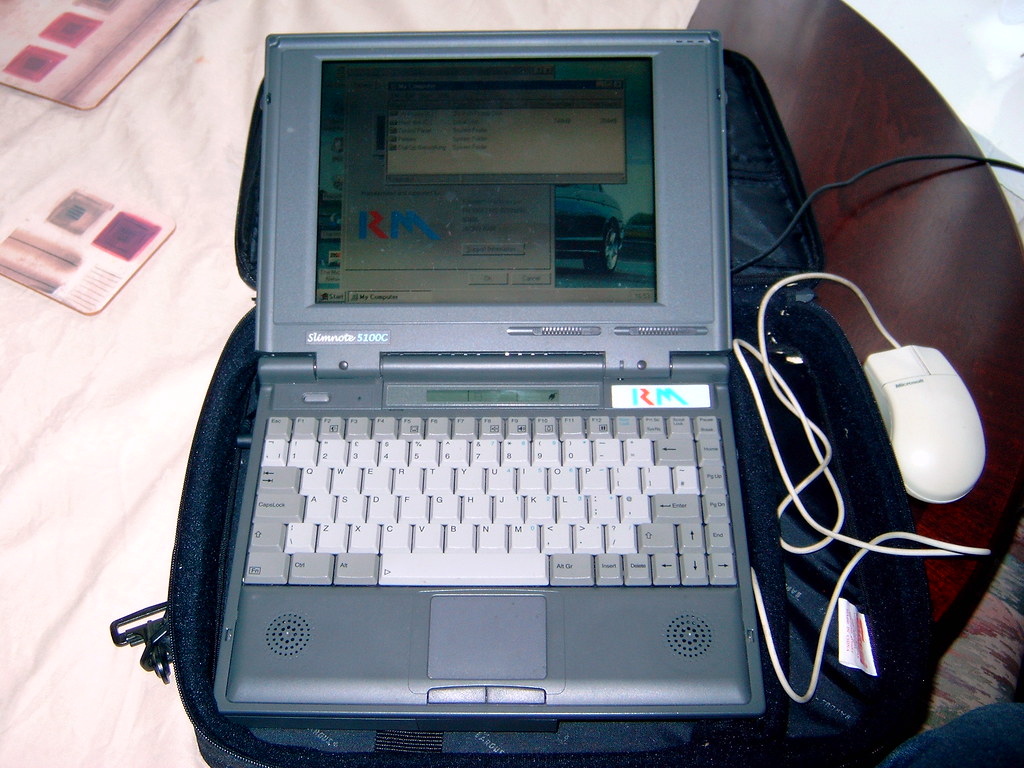
9. **Not Checking Return Policies**Even after diligently checking every aspect of a refurbished laptop—from its specifications and physical condition to the refurbisher’s reputation and warranty—unforeseen issues can still arise. This is why neglecting to thoroughly review the return policy is a critical mistake. A clear, fair, and flexible return policy serves as an essential safety net, providing recourse if the device doesn’t live up to its promise or develops problems shortly after purchase.
A robust return policy typically offers a reasonable window for returns, often 30 days or more, allowing ample time to put the laptop through its paces and uncover any latent defects that might not be immediately apparent. Key elements to look for include: who covers the cost of return shipping, whether there are any restocking fees, and the process for initiating a return or exchange. A policy that is ambiguous or overly restrictive should give you pause.
Short return windows, for example, can be problematic. A mere seven or ten days might not be sufficient to fully test a complex device like a laptop, especially if you’re integrating it into a busy workflow. Discovering a significant issue on day 15 when your return window closed on day 10 can leave you with a faulty device and no viable options. Similarly, prohibitive restocking fees can erode a substantial portion of your initial savings, making a return less appealing even if the product is genuinely flawed.
Always take the time to read the return policy *before* completing your purchase. Do not assume that standard retail return policies apply to refurbished goods; they often differ. If anything in the policy is unclear, reach out to the seller for clarification in writing. A refurbisher that stands by its products will typically offer a customer-friendly return process, reinforcing their commitment to buyer satisfaction and the quality of their items.
A lenient and transparent return policy is not just a convenience; it’s a vital component of buyer protection when purchasing refurbished electronics. It ensures that you have a viable path forward if your refurbished laptop, for any reason, fails to meet your expectations or exhibits unexpected issues, providing crucial peace of mind for your investment.
Read more about: Beyond the Wake Word: Unmasking the Hidden Risks of Smart Home Devices Listening to Your Conversations

10. **Focusing only on the Price Tag**The allure of a significantly lower price tag is undoubtedly the primary reason many consumers consider a refurbished laptop. However, making your decision based *solely* on the price without considering all other factors is one of the worst mistakes you can make. This tunnel vision often leads to a false economy, where initial savings are quickly overshadowed by future costs, frustrations, and ultimately, dissatisfaction with the purchase.
A refurbished laptop offered at an exceptionally low price might seem like an incredible bargain, but it often comes with hidden compromises. These could include insufficient hardware specifications for your needs, a very short or non-existent warranty, significant cosmetic damage (even on a Grade B or C), an unreliable refurbisher, or even the use of low-quality aftermarket parts. What initially appears to be a steal can quickly become a money pit if these underlying issues are ignored.
True value in a refurbished laptop purchase comes from a holistic assessment, not just the sticker price. It means weighing the cost against the refurbisher’s reputation, the length and scope of the warranty, the actual battery health, the acceptable level of physical condition, the suitability of the hardware specifications for your tasks, and the flexibility of the return policy. Each of these elements contributes to the overall risk profile and the long-term satisfaction of your purchase.
Remember the age-old adage: “If a deal seems too good to be true, it probably is.” Extremely cheap refurbished laptops are often priced that way for a reason. They might be older models, have significant wear, or have undergone only superficial repairs. While some buyers might be willing to accept these compromises for maximum savings, it’s essential to be *aware* of them and not just assume you’re getting a top-tier device for pennies on the dollar.
Ultimately, consider your refurbished laptop as an investment in a tool that you will rely on. Paying a slightly higher price for a device from a reputable refurbisher, with a better warranty, stronger specifications, or a more generous return policy, typically translates into greater reliability, enhanced longevity, and a far more positive user experience. Prioritize smart value over just the lowest price, and you’ll be much happier with your refurbished laptop.
***
Read more about: Unpacking the ‘Why’: Decoding Your Skyrocketing Homeowner’s Insurance Bill and Strategies to Bring it Back to Earth
Buying a refurbished laptop doesn’t have to be a minefield of potential problems. By equipping yourself with the knowledge to recognize and avoid these common pitfalls, you can confidently navigate the market and secure a device that offers both excellent performance and exceptional value. Remember, diligence and an informed approach are your best allies in making a smart refurbished purchase that truly meets your needs and expectations. Happy hunting for your next great laptop deal!

